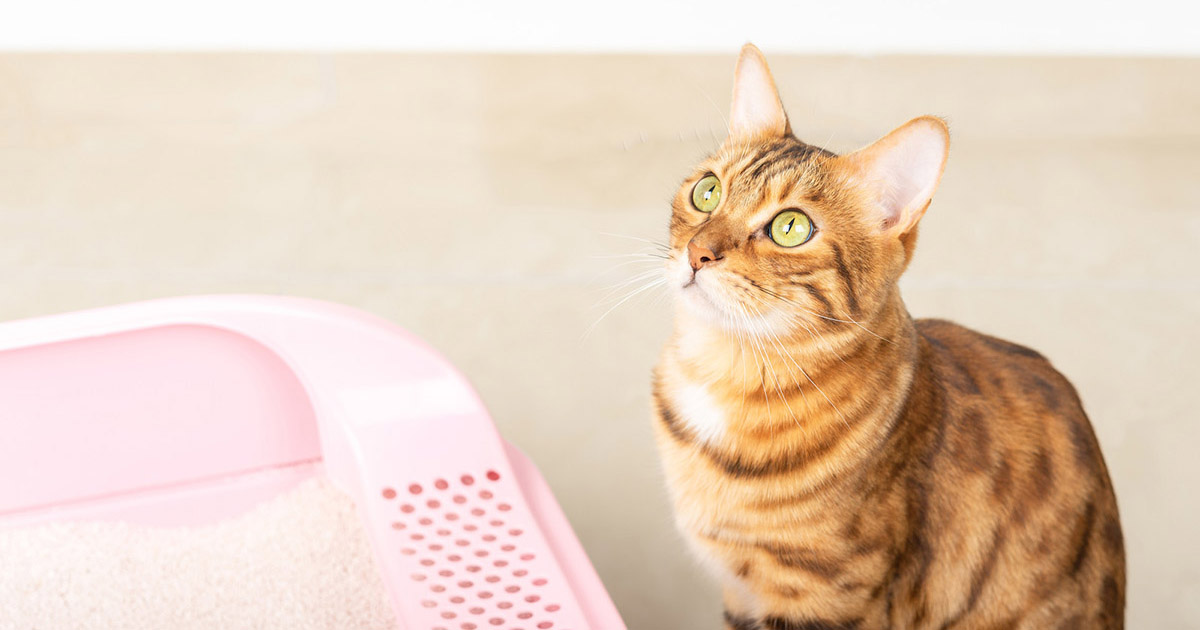The Consequences of Flushing Cat Poop Down Your Toilet - Protect Your Plumbing
The Consequences of Flushing Cat Poop Down Your Toilet - Protect Your Plumbing
Blog Article
How do you actually feel in relation to Don’t flush cat feces down the toilet?

Intro
As feline owners, it's necessary to be mindful of just how we get rid of our feline pals' waste. While it may appear hassle-free to flush pet cat poop down the commode, this practice can have destructive repercussions for both the setting and human health and wellness.
Ecological Impact
Flushing pet cat poop introduces dangerous pathogens and bloodsuckers into the water system, posing a considerable threat to aquatic communities. These impurities can adversely affect marine life and compromise water high quality.
Wellness Risks
Along with environmental worries, purging cat waste can additionally position wellness dangers to humans. Cat feces may contain Toxoplasma gondii, a bloodsucker that can create toxoplasmosis-- a possibly serious disease, particularly for expectant ladies and individuals with damaged immune systems.
Alternatives to Flushing
The good news is, there are much safer and more liable ways to dispose of feline poop. Consider the complying with alternatives:
1. Scoop and Dispose in Trash
The most usual method of throwing away cat poop is to scoop it into an eco-friendly bag and throw it in the trash. Make sure to utilize a committed litter scoop and throw away the waste without delay.
2. Usage Biodegradable Litter
Opt for biodegradable cat litter made from materials such as corn or wheat. These litters are environmentally friendly and can be safely gotten rid of in the trash.
3. Hide in the Yard
If you have a lawn, take into consideration hiding cat waste in an assigned location far from veggie yards and water sources. Be sure to dig deep sufficient to avoid contamination of groundwater.
4. Set Up a Pet Waste Disposal System
Buy a pet dog garbage disposal system especially designed for cat waste. These systems use enzymes to break down the waste, reducing odor and ecological influence.
Verdict
Liable pet dog possession prolongs beyond providing food and shelter-- it additionally entails appropriate waste monitoring. By refraining from flushing pet cat poop down the bathroom and selecting alternate disposal methods, we can decrease our ecological footprint and protect human health and wellness.
Why Can’t I Flush Cat Poop?
It Spreads a Parasite
Cats are frequently infected with a parasite called toxoplasma gondii. The parasite causes an infection called toxoplasmosis. It is usually harmless to cats. The parasite only uses cat poop as a host for its eggs. Otherwise, the cat’s immune system usually keeps the infection at low enough levels to maintain its own health. But it does not stop the develop of eggs. These eggs are tiny and surprisingly tough. They may survive for a year before they begin to grow. But that’s the problem.
Our wastewater system is not designed to deal with toxoplasmosis eggs. Instead, most eggs will flush from your toilet into sewers and wastewater management plants. After the sewage is treated for many other harmful things in it, it is typically released into local rivers, lakes, or oceans. Here, the toxoplasmosis eggs can find new hosts, including starfish, crabs, otters, and many other wildlife. For many, this is a significant risk to their health. Toxoplasmosis can also end up infecting water sources that are important for agriculture, which means our deer, pigs, and sheep can get infected too.
Is There Risk to Humans?
There can be a risk to human life from flushing cat poop down the toilet. If you do so, the parasites from your cat’s poop can end up in shellfish, game animals, or livestock. If this meat is then served raw or undercooked, the people who eat it can get sick.
In fact, according to the CDC, 40 million people in the United States are infected with toxoplasma gondii. They get it from exposure to infected seafood, or from some kind of cat poop contamination, like drinking from a stream that is contaminated or touching anything that has come into contact with cat poop. That includes just cleaning a cat litter box.
Most people who get infected with these parasites will not develop any symptoms. However, for pregnant women or for those with compromised immune systems, the parasite can cause severe health problems.
How to Handle Cat Poop
The best way to handle cat poop is actually to clean the box more often. The eggs that the parasite sheds will not become active until one to five days after the cat poops. That means that if you clean daily, you’re much less likely to come into direct contact with infectious eggs.
That said, always dispose of cat poop in the garbage and not down the toilet. Wash your hands before and after you clean the litter box, and bring the bag of poop right outside to your garbage bins.
https://trenchlesssolutionsusa.com/why-cant-i-flush-cat-poop/

We were made aware of that editorial on Don’t flush cat feces down the toilet from a good friend on a different website. Sharing is caring. Helping others is fun. I praise you for your time. Kindly stop by our website back soon.
Call Today Report this page